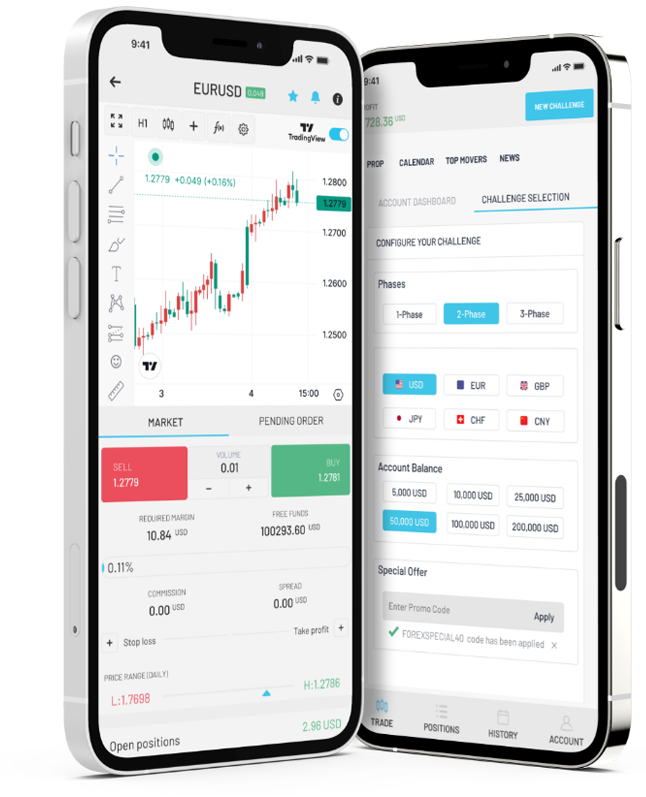Education is an essential component for successful trading. That’s why you can now explore a variety of valuable resources and information for all traders. Scroll down and find out more!


Forex, or foreign exchange, is the global marketplace for buying and selling currencies. It operates 24/5 and is known for its high liquidity and accessibility, making it a great starting point for new traders.
Key Teams of Forex Trading:
.svg)
Global Market:Open to participants from all over the world.
.svg)
Profit Opportunities:Potential to earn in both rising and falling markets.
.svg)
Leverage:Control larger trades with smaller capital.
.svg)
Currency Pairs:Forex is traded in pairs, such as EUR/USD. The first currency is the base, and the second is the quote.
.svg)
Pips:The smallest unit of price change in a currency pair. Example: A movement from 1.2000 to 1.2005 equals a 5-pip change.
.svg)
Spread:The difference between the buying (bid) and selling (ask) prices.

Basics of candlestick analysis.Common patterns like doji, engulfing, and hammer.
.gif)
Identifying and drawing support and resistance levels.Trendlines and channels.

Moving averages, RSI MACD , and others.How to use indicators to make trading decisions.
.gif)
Head and shoulders, triangles, flags, and pennants.Recognizing and trading chart patterns.
Key Economic Indicators:
.svg)
GDP Reports:Reflect the economic health of a country.
.svg)
Interest Rates:Higher rates typically strengthen a currency.
.svg)
Inflation Reports:Understand how rising inflation can weaken a currency.
Trading Strategies for Intermediates:
.svg)
Day Trading:Open and close positions within the same day to capitalize on short-term price movements.
.svg)
Swing Trading:Hold trades for several days, focusing on market trends.
.svg)
Risk Management:Always use stop-loss orders to limit potential losses. and Use a 1:2 risk/reward ratio for better profitability.
